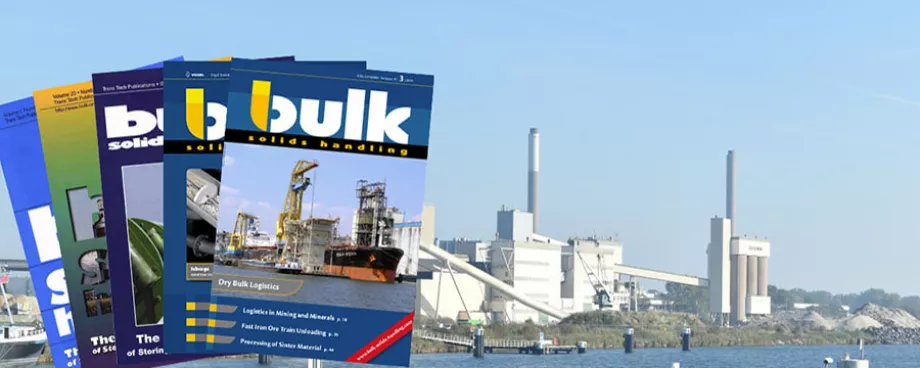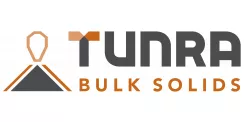1 Introduction
As bulk solid material is transported between successive idler sets along a belt conveyor, active and passive stress states are induced in the bulk solid due to the constant opening and closing of the belt. When the belt is supported by an idler set, the belt and bulk solid are forced to conform to the troughing profile resulting in transverse compressive stresses.
Upon leaving the idler, the trough opens (due to gravity) allowing the bulk solid to relax transversely forming an active stress state. Upon reaching half to two thirds of the idler spacing the stress states theoretically reverse. A passive stress state is induced in the transverse direction resulting from compressive stresses due to the narrowing of the belt. The corresponding reaction loads on the belt influence the motion resistance of the belt conveyor [1].
Theoretical and experimental analysis of transverse bulk solid behaviour and the influence of bulk solid material properties on this motion has previously been undertaken in [1, 2] and [3, 4, 5] respectively. The work in this paper acts to further analyse and validate these interactions utilising DEM simulations.
Due to bulk solid material being transversely supported along the length of the conveyor by inclined sides of the belt, the approach in examining bulk solid motion on conveyor belts has been that the aforementioned process of active and passive stress states is analogous to the application of soil mechanics with respect to retaining wall structures. Pioneering research work in this area was undertaken by Krause and Hettler [6].
■












